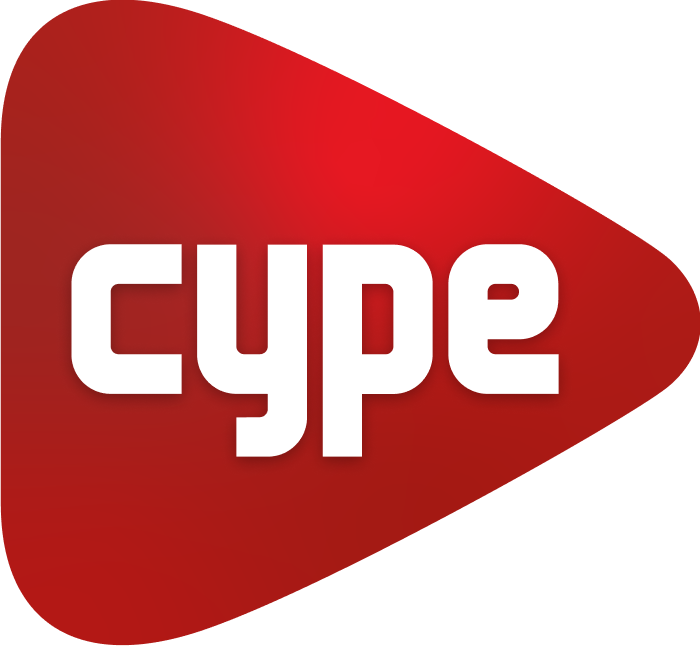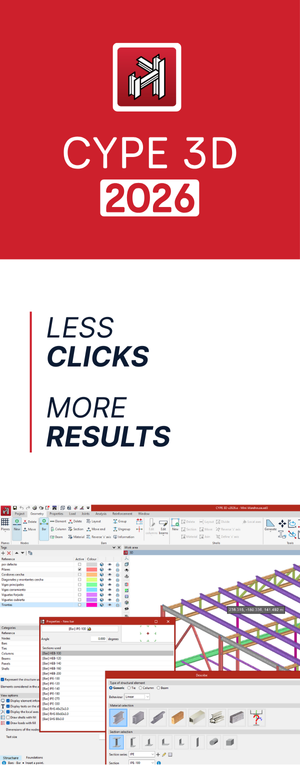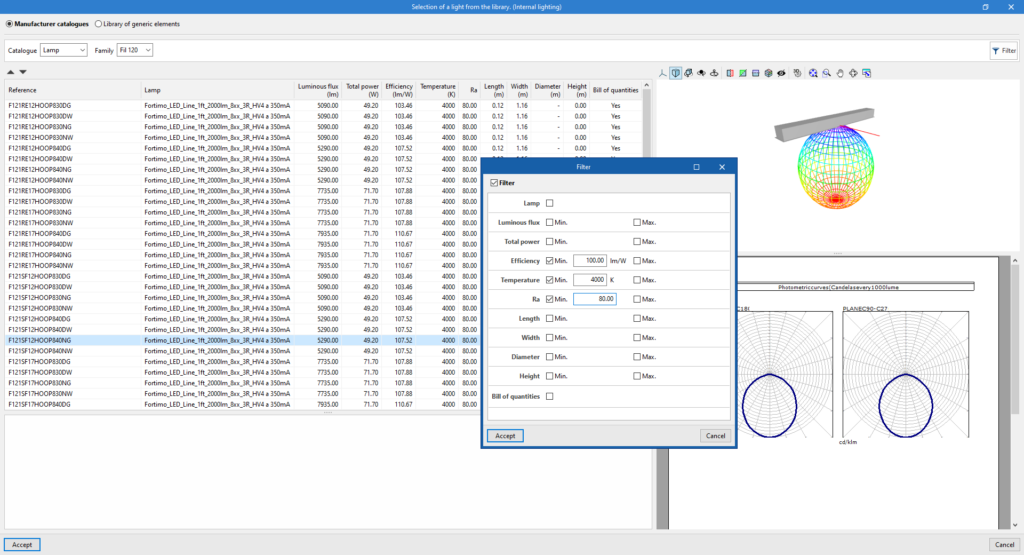In previous versions of CYPELUX, the visualisation of the results on the model design surfaces could be done by means of contour plots, contour lines or numerical values, but separately.
As of version 2025.d, the possibility of selecting and overlaying several options simultaneously is introduced, allowing a more detailed representation of the results.



